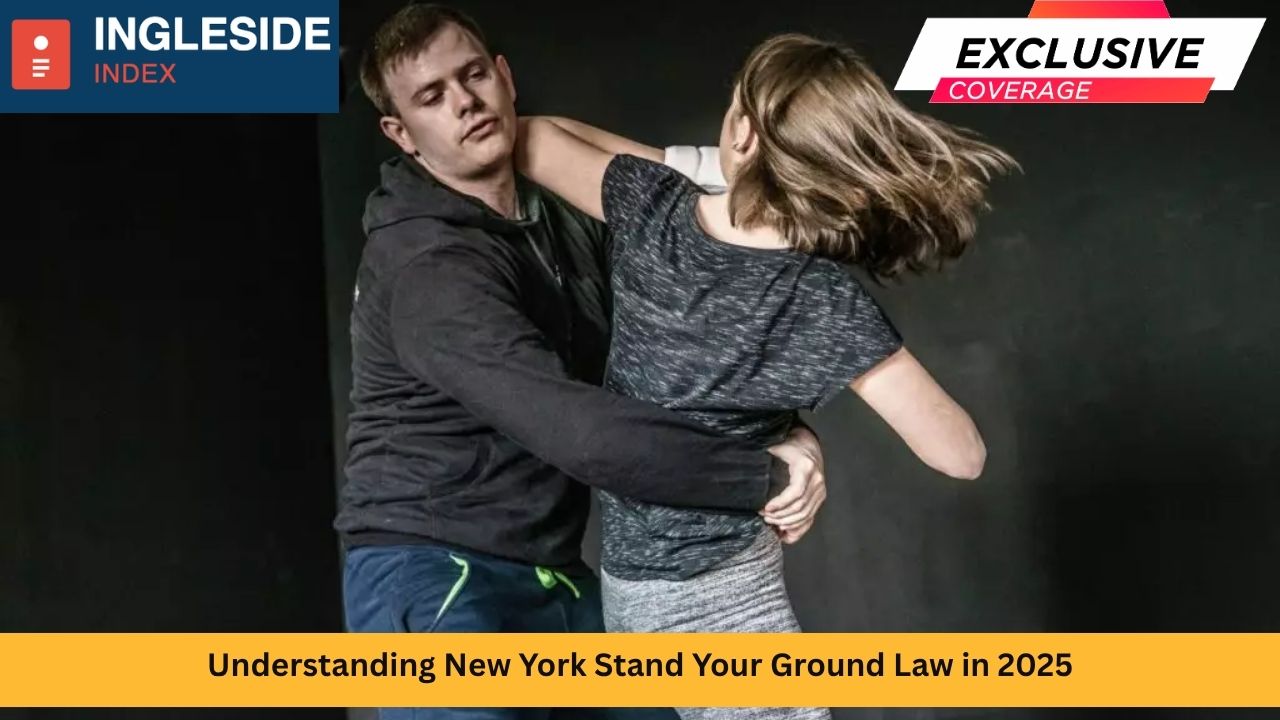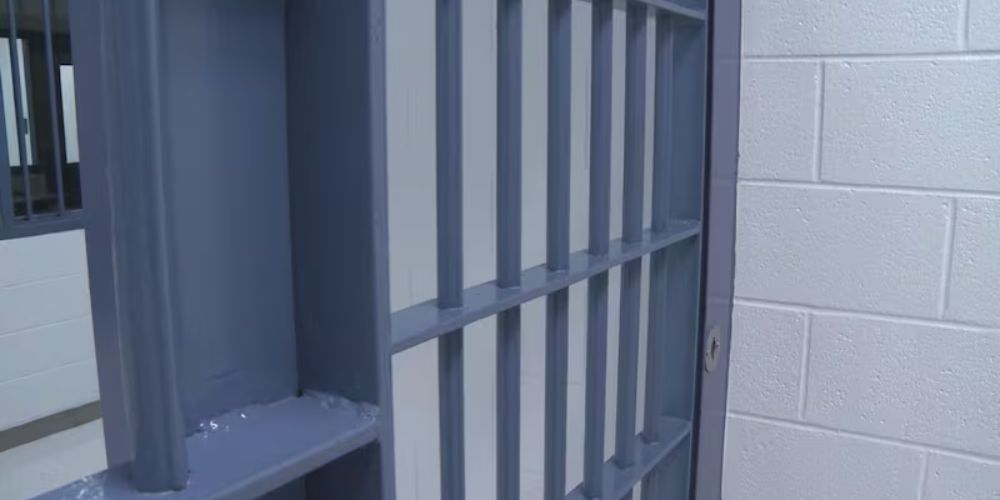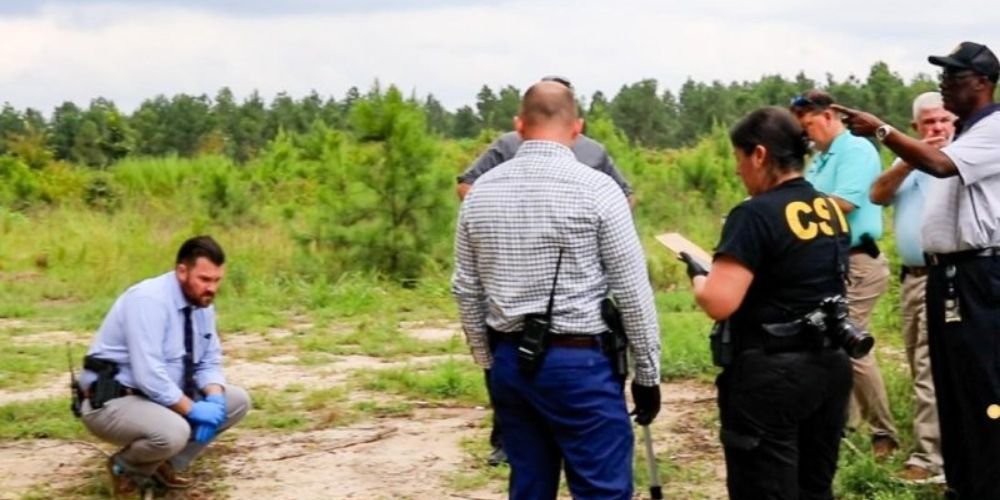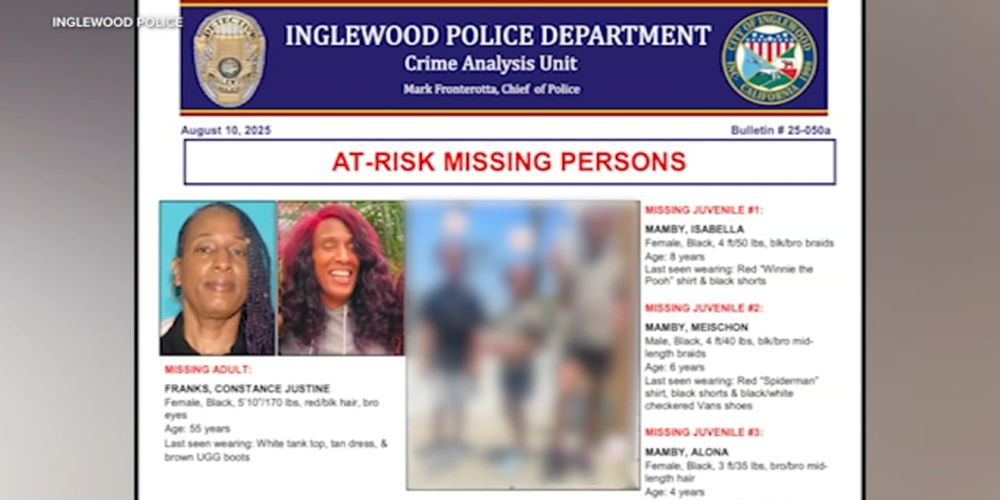Navigating self-defense laws in the United States is complex—each state interprets and applies these rules differently, resulting in a patchwork of legislation. When it comes to “Stand Your Ground” laws, few states have been as resolute as New York in maintaining a unique stance. In 2025, as discussions about personal safety reach new heights in cities like New York City, Buffalo, Rochester, Syracuse, and Yonkers, it is crucial for residents and visitors to understand exactly what the law permits and forbids. This comprehensive guide delves into New York’s approach, real-life implications, crucial legal concepts, city-specific data, and the broader context that shapes self-defense in the Empire State.
Overview of Stand Your Ground Laws in the U.S.
Stand Your Ground laws remove a person’s duty to retreat before using force, including deadly force, if they reasonably believe it necessary to defend themselves against certain threats. Across America, nearly half of the states have adopted some form of these laws, largely extending beyond the traditional boundaries of one’s home. States like Florida, Texas, Georgia, and Arizona have embraced this doctrine, sparking nationwide debate about public safety, personal freedom, and the proportionality of force in self-defense scenarios.
Key Features
-
No obligation to retreat before using deadly force.
-
Applies not only at home but in public and sometimes private spaces.
-
Justification hinges on a reasonable belief of imminent harm.
New York’s Duty to Retreat Rule: What It Means
New York stands out as one of the minority of states that explicitly imposes a duty to retreat outside the home. In practical terms, when someone in Albany, Brooklyn, or Elmira faces a threat on the street or in a public space, the law requires that person to avoid confrontation by retreating—if it can be done safely—before considering the use of deadly force.
Legal Standard
-
Only use the amount of force reasonably necessary to prevent imminent harm.
-
Duty to retreat applies outside the home, unless the person cannot safely retreat.
-
There is no duty to retreat inside your dwelling (Castle Doctrine applies).
Application in Real Life
Suppose an individual is confronted by an aggressor in Times Square, Manhattan. If they can escape without harm, the law requires them to do so. If cornered with no way out, they may then use force as a last resort. This standard, rooted in “complete personal safety,” means every scenario is analyzed for the real possibility of safe escape.
The Castle Doctrine: Your Rights in Your Home
While New York state law demands retreat in public, a critical exception exists—the Castle Doctrine. In your own home, you are not obligated to retreat and may stand your ground if you are not the initial aggressor and face imminent harm or a serious threat.
In Summary
-
Castle Doctrine allows you to use force to defend yourself or others inside your home.
-
Applies in private living spaces, not necessarily in shared spaces (like apartment hallways or lobbies).
-
The law presumes that retreating might not be safe within your own home.
For example, in Brooklyn or Long Island homes, residents have the legal right to defend themselves against an intruder, even with deadly force, if there is a reasonable belief of imminent peril.
Key Differences: Stand Your Ground vs. Duty to Retreat
| Feature | Stand Your Ground | Duty to Retreat (New York) |
|---|---|---|
| Retreat Required? | No | Yes (unless at home) |
| Applies Where? | Anywhere legally present | Home: Not required Public: Required |
| Initial Aggressor Bar | Usually applies | Applies |
| Justifiable Uses | Varies, broader scope | Only when safe retreat impossible |
| Primary Locations | Florida, Texas, Alaska | New York, Connecticut, New Jersey |
By requiring a duty to retreat, New York aims to minimize unnecessary violence and encourage de-escalation when possible.
Major Cities Spotlight: Self-Defense in New York City, Buffalo, Rochester, Syracuse, and Yonkers
New York City
The dense urban landscape, diverse neighborhoods (from Harlem to Hell’s Kitchen to Park Slope), and high-profile events have placed NYC at the center of the self-defense debate.
-
Reported violent crimes: In 2024, NYPD reported approximately 46,000 violent crimes, including over 400 homicides.
-
Gun violence: Stringent firearm regulations combined with duty to retreat laws help keep incidents involving legal firearm self-defense lower than in comparable large cities.
Buffalo
Buffalo has historically experienced higher per-capita rates of violent crime compared to other Northeastern cities.
-
In 2024, the city recorded over 3,800 violent felonies, with self-defense claims representing a tiny fraction of all criminal cases.
-
Community programs focus on de-escalation and safe retreat education.
Rochester
Rochester’s rates of incidents involving self-defense claims are also comparatively low, with most confrontations resolved without the use of deadly force.
-
The Rochester Police Department continues to emphasize conflict resolution.
-
Public education on lawful self-defense remains a regular feature of community outreach.
Syracuse
With a population around 145,000, the city has made significant investments in neighborhood watches and violence interruption programs.
-
Syracuse authorities reported fewer than 35 justified self-defense cases involving deadly force in 2024.
Yonkers
Yonkers, as one of New York’s largest cities, also reflects the state’s cautious attitude toward deadly force outside the home.
-
Fewer than 18 civilian-involved deadly force cases per year have been reported over the last five years.
Statistical Perspective: Crime, Self-Defense, and the Law
National research shows that Stand Your Ground laws elsewhere are often associated with increases in homicide rates, up to 10–11% in states like Florida and Georgia. However, in New York and other duty-to-retreat jurisdictions, the number of legally justified killings is consistently much lower.
Comparative Figures
-
States with Stand Your Ground laws have seen an estimated 30 additional homicides per month post-enactment.
-
New York, by contrast, continues to have one of the lowest rates of justifiable homicide in the country, with less than 5% of homicide rulings cited as justified self-defense annually.
-
In NYC, defense claims involving deadly force are successful mostly in clear-cut home-intrusion scenarios.
The Legal Process: Self-Defense Claims in New York Courts
In New York, the burden of proof in criminal cases rests with the prosecution, but defendants asserting self-defense must present a credible basis for their belief that deadly force was necessary. Courts in Queens, Manhattan, Suffolk County, and beyond carefully examine:
-
Whether the defendant was the initial aggressor.
-
If safe retreat was possible.
-
If the belief in imminent threat was reasonable and proportional.
-
The location of the incident—home versus public space.
Trial Dynamics
Judges and juries are increasingly attentive to forensic evidence, witness accounts, surveillance footage, and digital records (such as text messages or location pings) to establish the facts. Each borough in New York City, from the Bronx to Staten Island, operates under the same Penal Law standards, but cultural attitudes can influence trial outcomes.
Notable Cases and Real-Life Scenarios
While specifics of recent cases may not be publicized due to privacy and ongoing investigations, some scenarios illustrate how the law is applied:
-
Bronx Apartment Intrusion: A resident used deadly force against an armed intruder. The court determined that safe retreat was not possible within the apartment, and the defendant was not the initial aggressor. The action was ruled justified.
-
Manhattan Bar Altercation: A confrontation escalated, but video evidence showed the defendant could have exited the premises. Because the duty to retreat was not met, self-defense was rejected as a legal defense.
-
Queens Street Incident: An assailant threatened with a weapon, but the target was able to escape safely. No force was used, aligning with the law’s preference for retreat.
These cases underscore that context is everything—physical evidence, intent, location, and whether withdrawal was possible all come under scrutiny.
The National Debate: The Impact of Stand Your Ground Laws
The controversy over Stand Your Ground laws centers on safety and justice. Proponents argue these laws empower law-abiding citizens to protect themselves without hesitation, reducing crime through deterrence. Critics point to statistical spikes in homicides and argue these laws can foster vigilantism and escalate confrontations unnecessarily.
Key Arguments
-
Public Safety: Major cities in states with such laws have seen homicide rates climb, and evidence is not conclusive that crime overall declines.
-
Disparity in Application: Studies suggest Stand Your Ground defenses may be unevenly upheld along demographic, racial, or socio-economic lines.
-
Comparative Trends: New York’s consistent duty-to-retreat policy keeps the use of deadly force rare and maintains legal mechanisms for de-escalation.
Practical Guidance for New Yorkers
If you are a resident of New York City, Poughkeepsie, Ithaca, or any of the state’s communities, staying informed can make the difference in a moment of crisis.
What To Do If You Face a Threat
-
Always seek to retreat and avoid confrontation wherever possible.
-
Call 911 and alert local authorities if you feel in danger.
-
Use force only when there is a clear, immediate, and unavoidable threat to your life or the life of another.
-
Inside your home, you are not required to retreat but should still only use force when absolutely necessary.
Legal Preparation
-
Know your rights under Article 35 of the New York Penal Law.
-
Take community self-defense education classes—many offered for free in city centers.
-
If involved in a self-defense case, contact an experienced criminal defense attorney immediately.
Non-Lethal Defense Options
-
Pepper spray, carried legally, is a permitted non-lethal option for adults and, under pending legislation, certain minors in defined circumstances.
-
Blunt instruments and knives are subject to strict regulation; always check local ordinances.
Conclusion and Looking Ahead
In 2025, New York stands as a prominent example of a state dedicated to de-escalation, retreat, and responsible self-defense. Its rejection of Stand Your Ground laws places higher expectations on citizens to avoid violence wherever possible, while still providing robust protections for those who genuinely must defend themselves, especially at home.
For residents and visitors in New York’s major cities and towns, understanding these laws is essential. Clear knowledge and calm judgment can prevent tragedy—whether in a bustling Manhattan avenue, a Buffalo suburb, or the quiet streets of Saratoga Springs. As debates continue about the best way to balance individual rights and collective safety, the Empire State remains firmly committed to retreat first, fight only as a last resort, and keep self-defense rare but justified.
This guide is designed to offer an educational overview and should not be interpreted as legal advice. Always consult a qualified attorney for specific guidance regarding self-defense and criminal laws in New York.











Leave a Comment